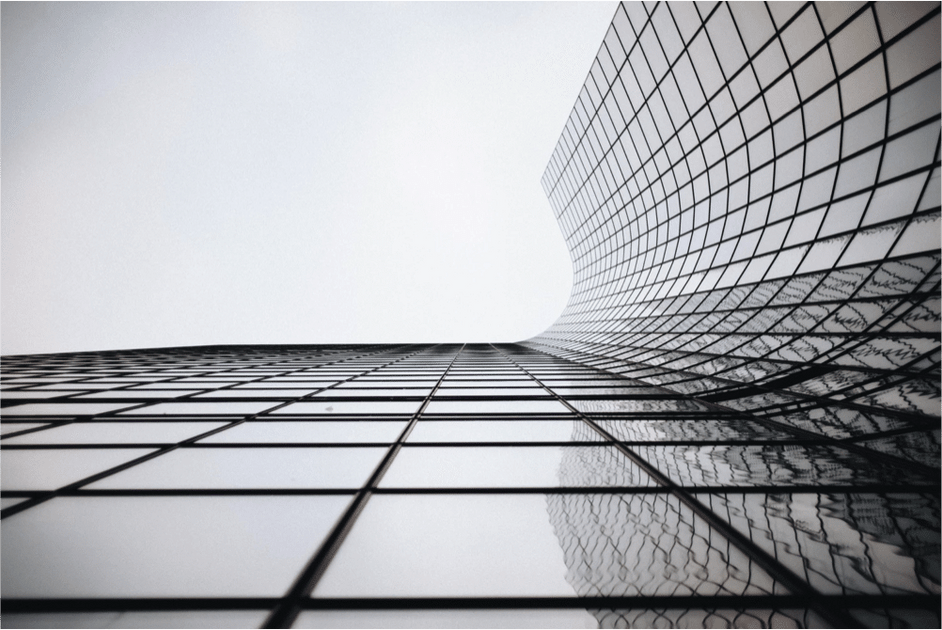How LED Lighting Can Benefit the Steel Industry
By oeo2018 • Feb 05, 2018
First of all, we would be hard pressed to find an industry where LED lighting won't find some improvement to make. With reductions in energy consumption and increase in cost effectiveness, it is making business better across the board.
However, each individual industry has some specific lighting requirements which need to be met. They have specific circumstances either due to the type of product or service they produce or the way in which this production is implemented. Think of how photographers need red light bulbs to process their film in a darkroom.
With the steel industry, these needs are even more specific thanks to the often extreme work environments. Let's take a look at what interesting lighting problems they need troubleshooting.
Temperature
Steel mills require intense temperatures to smelt metal and form it into sheets. The temperature has to be so hot so that the chemical composition of the atoms change and the raw metal can be melted, cleaned and reformed. This requires a process known as a ‘hot blast’ which can be anywhere up to 2300 °F, but temperatures they deal with can go as high as 4200 °F.
What this means for your lighting is that there is an incredible amount of heat which is continuously emanating in a steel mill. The lights need to be up very high to get away from this temperature which causes problems in itself.
Since the lights are so far away, the light bulbs have to be bright enough to keep the work productive and safe. Metal halides and compact florescent lights (CFLs) suffer from lumen depreciation. This is when over time, the light starts to fade. This means not only do the bulbs need to be replaced more often, but there is danger if workers cannot see properly to continue their work safely. This doesn't always seem like a problem at first when the lights are running at 100%.
You could move the lights closer, but this could result in the light fixtures becoming damaged by the extreme temperatures.
Dirt and Chemicals
Another major problem for lighting in a steel mill is the dirt and dangerous chemicals which result as a byproduct of processing. This rises with the heat of the furnaces and can damage the light fixtures. Partly it is simple dirt which obscures the light source. However, with the dangerous chemical byproducts also rising, everything from binder carbons to refractory ceramic fibers, if the bulbs are not structured well enough, they can get damaged.
Danger Replacing Bulbs
Another major danger is the problem of having to replace the bulbs. This is both dangerous and costly. It is not possible to change the bulbs when there the mill is operational. This means it has to be shut down while the task is carried out. It is also very dangerous for those having to replace the bulbs due to height and dangerous machinery. It is costly thanks to the business which is lost.
Lighting Solution
Fortunately, we at OEO have the solution in our OEO Eclipse LED fixture. They are easy to install with reduced maintenance and come in everything up to 450W of power. They have an IP66 rating which means they are great for protecting against the intrusion of solid objects as well as water which might be used in the mills. More importantly for the steel industry, they are great against corrosives. Not only that, but their cost of ownership is incredibly low even for these high wattage fixtures.
Take a look at our product description to find out more about saving money on these incredibly durable lighting solutions.
